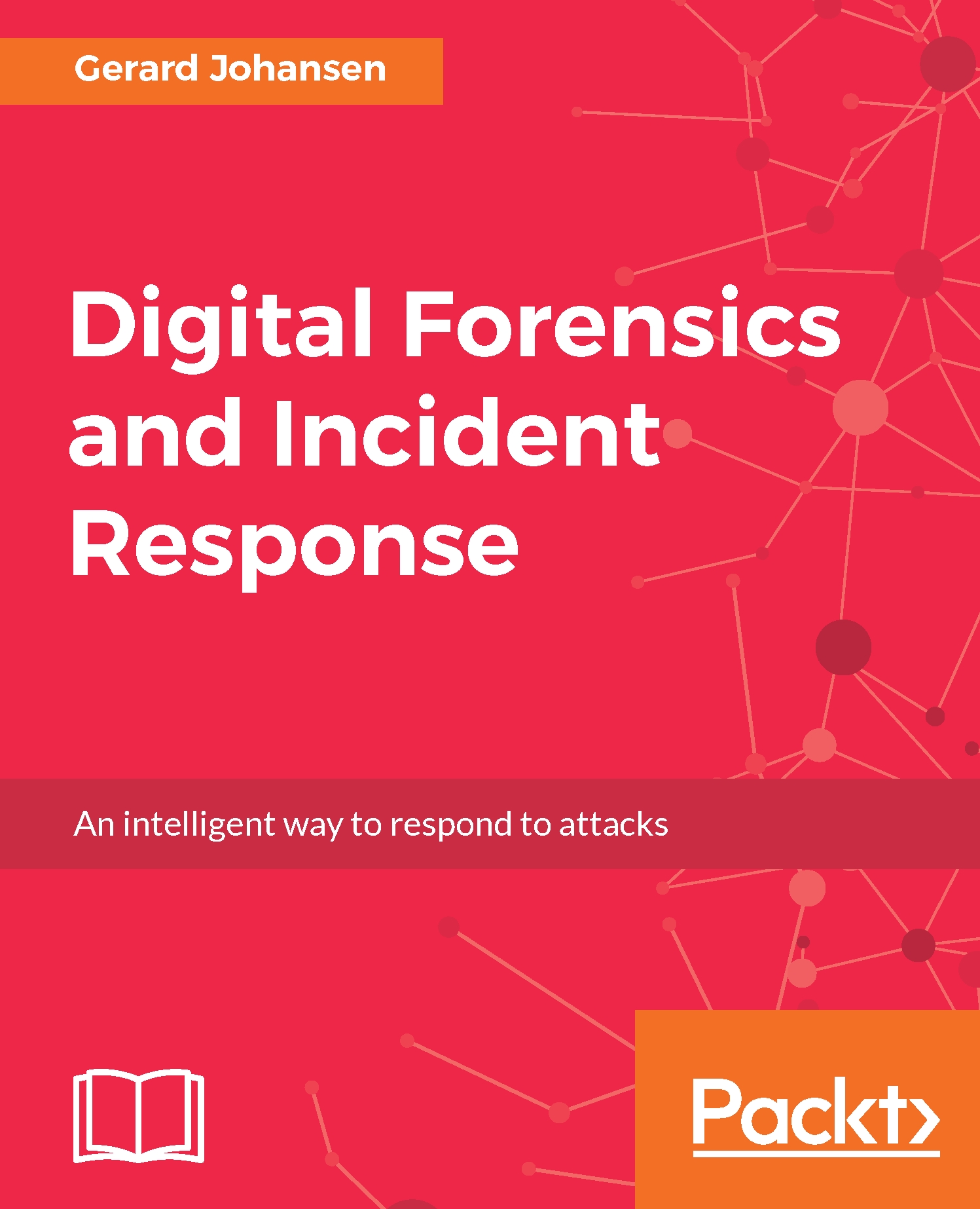Overview of this book
Digital Forensics and Incident Response will guide you through the entire spectrum of tasks associated with incident response, starting with preparatory activities associated with creating an incident response plan and creating a digital forensics capability within your own organization. You will then begin a detailed examination of digital forensic techniques including acquiring evidence, examining volatile memory, hard drive assessment, and network-based evidence. You will also explore the role that threat intelligence plays in the incident response process. Finally, a detailed section on preparing reports will help you prepare a written report for use either internally or in a courtroom.
By the end of the book, you will have mastered forensic techniques and incident response and you will have a solid foundation on which to increase your ability to investigate such incidents in your organization.



 Free Chapter
Free Chapter

